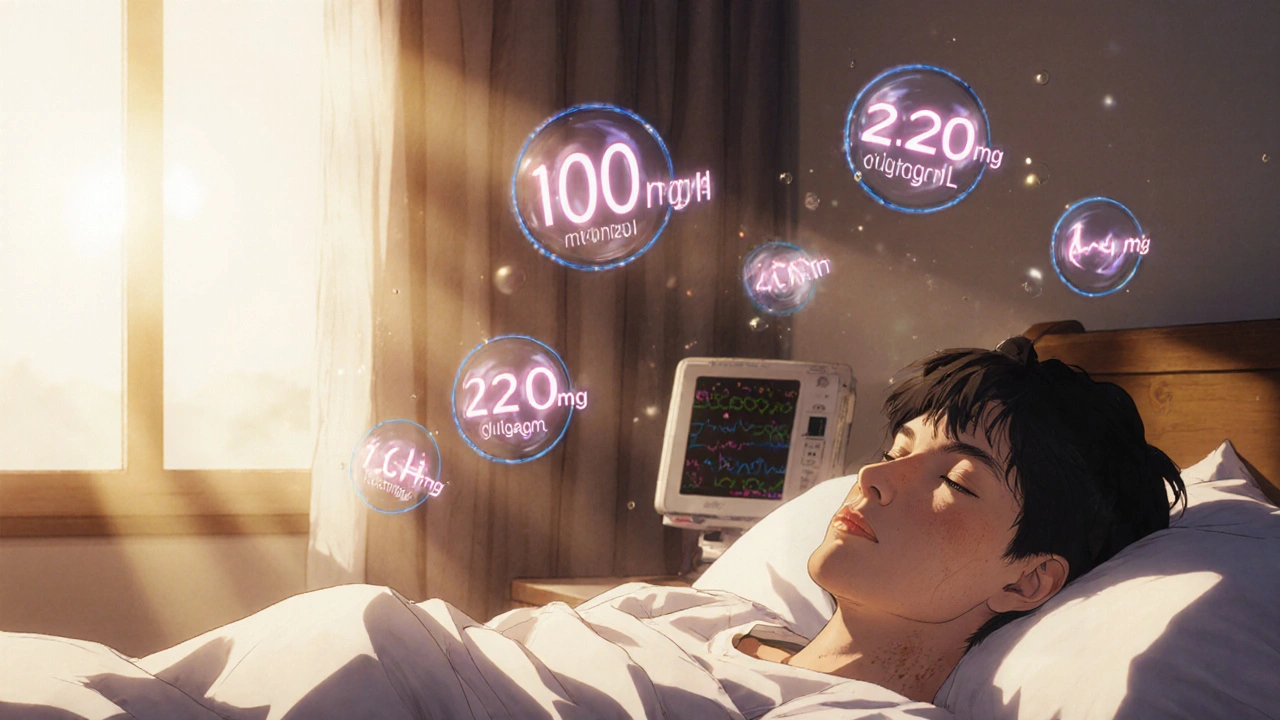CGM for Diabetes: How Continuous Glucose Monitoring Works and Who Benefits Most
When you have CGM for diabetes, a system that tracks your blood sugar levels continuously through a small sensor worn on the skin. Also known as continuous glucose monitoring, it replaces or reduces the need for constant finger pricks by sending updates every few minutes to a phone or wearable device. This isn’t just a fancy gadget—it’s changed how people with diabetes live, sleep, and manage their health day to day.
CGM for diabetes works by inserting a tiny filament under the skin, usually on the belly or arm, that measures glucose in the fluid around cells. The sensor sends data to a receiver or app, showing trends—not just numbers. You can see if your sugar is rising fast after a meal or dropping slowly overnight. That’s huge for avoiding highs and lows before they become emergencies. People using CGM often report fewer panic checks, better sleep, and more confidence when eating out or exercising. It’s not perfect—calibrations, sensor replacements, and false alarms still happen—but the benefits outweigh the hassles for most users.
Who gets the most out of CGM? Type 1 diabetics, especially kids and teens, see the biggest improvements because their blood sugar swings wildly. But Type 2 users on insulin, pregnant women with gestational diabetes, and even those with frequent hypoglycemia unawareness benefit too. It’s not just for insulin users, though—some non-insulin Type 2 patients use CGM to understand how food, stress, or sleep affects their numbers. The tech has gotten cheaper and easier to use. Sensors now last up to 14 days, some work without phone apps, and others sync directly with insulin pumps. If you’re tired of guessing your sugar levels, CGM gives you the facts.
What you’ll find in the posts below are real comparisons, user experiences, and practical advice on making CGM work for your life. From choosing the right device to dealing with alarms at 3 a.m., these articles cut through the noise and give you what matters.

Dawn Phenomenon: How to Manage Morning Blood Sugar Spikes in Diabetes
Learn why your blood sugar spikes in the morning due to the dawn phenomenon, how to tell it apart from the Somogyi effect, and proven strategies to manage it with diet, insulin adjustments, and CGM technology.
